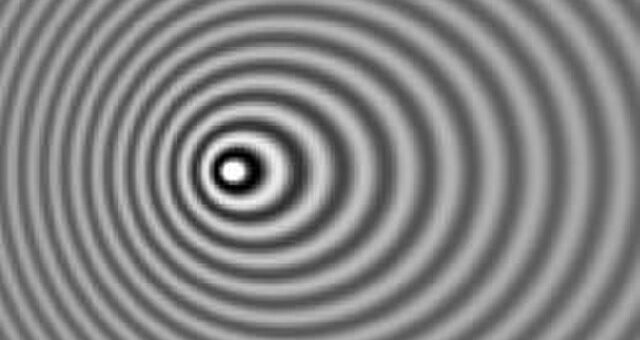The Doppler Effect
This post was written by my father, John Weaver, and originally published on October 24, 2019 on his blog: beorminga.wordpress.com. I am preserving them on my website as his blog posts are remarkable in their thoroughness and depth of research. Enjoy!
The Doppler Effect
Like most people, I first heard about the Doppler effect in physics lessons at secondary school with references, in my day, to train whistles and the like. Later I encountered the relativistic Doppler effect which was introduced in an entirely different context and, surprisingly for me, was described by an algebraic formula that looked nothing like the classical result I had learnt earlier. Having never had an occasion to use these results beyond understanding the nature of the phenomenon in general terms, I didn’t probe further, but was still left with the unanswered question of how the classical and relativistic Doppler effects were linked. A further exposure to the Doppler effect came when I attended a stimulating lecture on the k-calculus, given by its author Hermann Bondi no less. It was a revelation for me how simple and natural special relativity could be made by considering what is essentially the Doppler effect applied to ‘pocket radars’ used for measuring distance.
When I discovered that my grandchildren were studying the Doppler effect at high school I was inspired to look back to my own schooldays and to consider how the theory could be presented in a more modern context. Virtually everyone is now familiar with the speed traps enforced by traffic police with hand-held radar or Lidar guns. They operate on the principle of the relativistic Doppler effect of course, while the siren of a police car following a speeding driver offers an example of the classical Doppler effect for sound waves. Altogether this familiar, commonplace setting seemed ideal for comparing the relativistic and classical Doppler effects while developing the main features of the special theory of relativity without the need for reference to imaginary space ships travelling at great speed or the abstract space-time diagrams normally used to develop the k-calculus.
In the linked article on The Doppler Effect I first calculate how two police officers measure with Lidar and radar the speed of a vehicle receding from one officer and approaching the other. This leads directly to the definition of Bondi’s k-factor and the k-calculus. An event measured by both the first police officer and the driver of the vehicle is defined by the activation of a traffic light at some given time and at a fixed distance from the officer in the inertial frame in which both the officer and traffic light are at rest. This leads to a simple development of the Lorentz transformation using the k-calculus. A third inertial frame is introduced in the form of a police car chasing the speeding vehicle which enables a derivation of the transformation formula for relativistic velocities and also affords an opportunity to discuss the Doppler effect for sound waves emitted from the car’s siren. A full relativistic Doppler effect for sound waves is obtained despite the relativistic factor being negligible for sound waves. It becomes important, however, when the magnitude of the wave velocity is formally put equal to the speed of light. Its presence then ensures that the exact formula developed for sound waves propagating in a fixed medium (the air in the example discussed here) transforms into the relativistic Doppler effect for light waves.





Leave A Comment